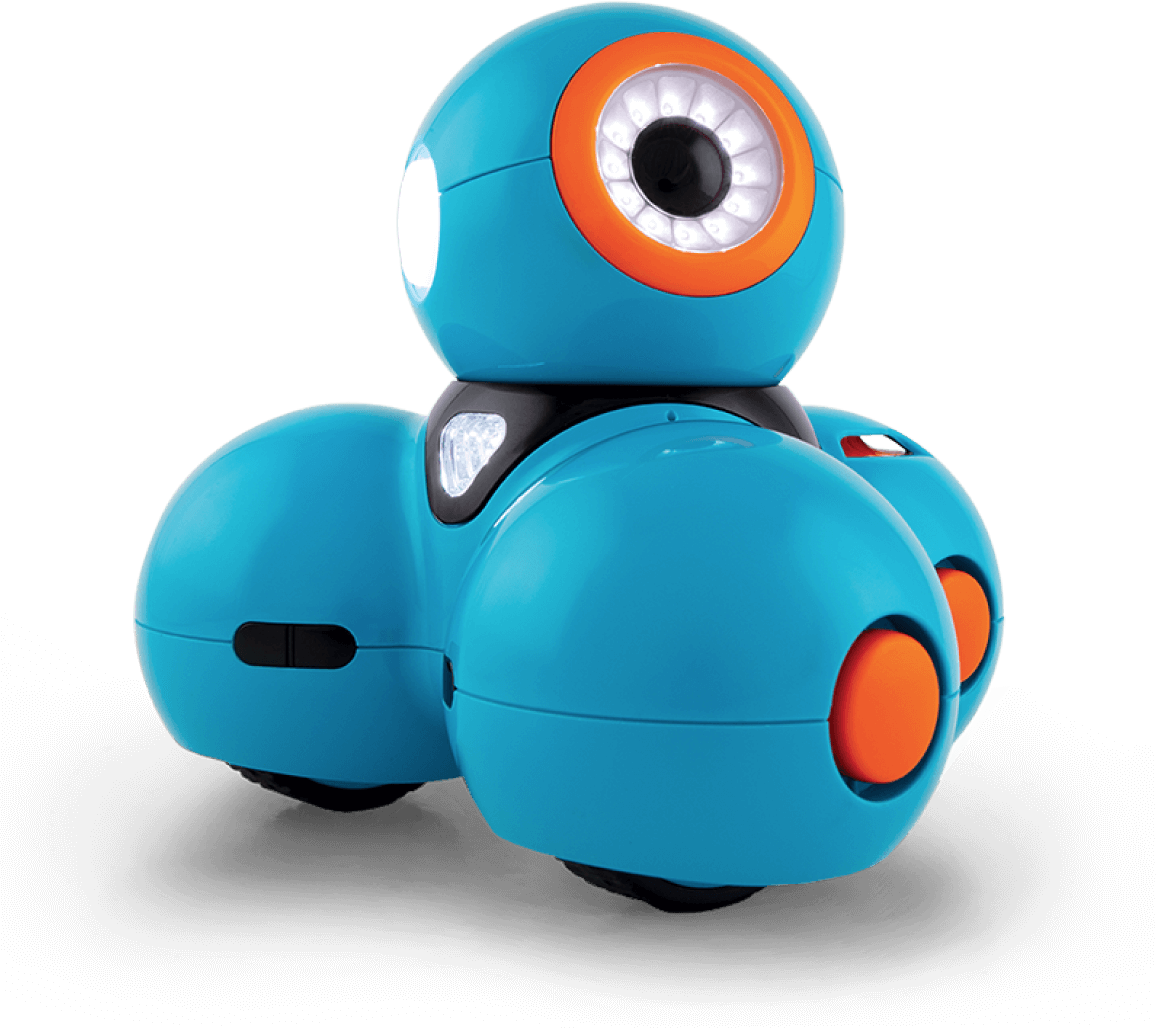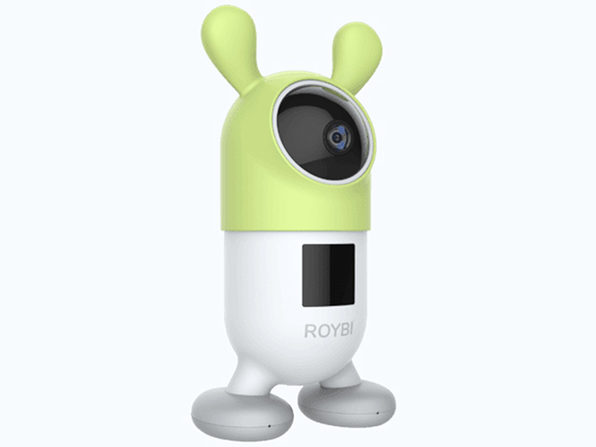PRE2022 3 Group10
Lars van den Brom
Jochem Smit
Nanouk van Weerdenburg
Renske van Dijk
Bernard Korevaar
Brainstorm ideas
- kitchen assistant
- Automatic stirring
- Cutting robot
- boterhammen smeren
- automatische rasp >lijkt misschien op een keukenmachine, maar ik bedoel meer citroen raspen, dat je alleen de buitenkant wil
- Human Robot Collaboration (HRC)[1]
- Gesture controlled robot
- Speech controlled robot
- Following robot
- Autonomous Motion Robots (AMRs)
- PRE2022_1_Group1: Robot for warehouse
- Some kind of problem the company Lowpad are dealing with
- Robot to open bottles with a twist cap
- Robot om flesjes met kroondop te openen
- Strijkrobot
- robot om kinderen les te geven, soort bijles ish
- robot om muren te verven
- Interactive educational robots
- AI-powered traffic flow management system
- Autonomous underwater vehicles for oceanic exploration and mapping
Planning
Week 1:
Nanouk: planning + deliverables (aanpak, planning, taakverdeling)
Renske: state-of-the-art
Bernard: eindproduct (objectives)
Lars: usergroep omschrijven
Jochem: uitzieken
Objective
The objective of our project design a robot that can help primary school children with learning. It can be in the form of a robot that assists the teacher or acts as an extra tutor to help children with subjects they are struggling with. The main method to stimulate, motivate and guide the children will be a robot that can mimic emotions to communicate to the children if they are doing it right or wrong. We will look in to body language and facial expression to see how they affect what the robot is trying to communicate.
In the scope of this course it will not be realistic to design a fully function prototype. Therefore, we focus on specifying the requirements of such a robot supported by a literature study and experiments.
Use
User
The teaching assistant robot is designed to be used by both primary school students and teachers. For students, the robot offers new and exciting ways to learn, with interactive and engaging activities that support their growth and development. The robot's advanced AI technology provides personalized learning experiences that cater to each student's individual needs, helping them to understand and retain information more effectively.
For teachers, the robot provides a range of tools and resources to help manage their classroom and facilitate learning. The user-friendly interface allows teachers to easily control the robot and access the information they need, whether they are leading a lesson, answering questions, or helping students work on a project. The robot can also help teachers to monitor student progress and provide feedback, ensuring that each student is on track to reach their full potential.
Society
The teaching assistant robot has the potential to revolutionize the way primary school students learn. By providing students with interactive and personalized learning experiences, the robot can help to increase their motivation and engagement, leading to improved academic outcomes. Additionally, by assisting teachers with tasks such as lesson planning and classroom management, the robot can help to free up time and resources, allowing teachers to focus on what they do best: educating their students.
In this way, the teaching assistant robot supports the development of future generations, helping to build a more knowledgeable and skilled society. As the use of technology becomes increasingly widespread in education, this robot represents a key step forward in the integration of technology and learning.
Enterprise
For schools and educational institutions, investing in the teaching assistant robot is a smart decision that can have a significant impact on the quality of education. The robot's ability to support both teachers and students can help to maximize the use of resources, create a more effective and efficient learning environment, and improve academic outcomes. Additionally, the robot's innovative technology and user-friendly design make it an attractive and marketable product for businesses in the educational technology industry, providing a valuable opportunity for growth and expansion.
State-of-the-art
There are already some robot technologies that are used in the classroom in elementary schools. For example the Dash Robot [2] , that looks really appealing for children and they can engage with it. With the Dash Robot children get experiences with coding, for example by drag-and-dropping blocks. The Ozobot Evo is quite similar, it can also be used for block coding. And its sensors detect color codes and react to them. Another example of a robot that can be used to learn children code is the Finch 2.0 robot. All these robots are made to help children learn coding at elementary school. However, we are thinking of a robot that can help with tutoring different subjects and not only coding.
There are also done studies with robotic tutors, like MONICA (https://blog.frontiersin.org/2016/11/04/robotic-tutors-for-primary-school-children/). It was tested whether the robot could detect emotional states from children, and the children liked working with the robot, but it is not developed well enough yet that such a robot could replace the teacher.
The ROYBI robot is also a robot (https://roybirobot.com/) that can teach children languages and other languages. It can improve a child's learning from the age of 3 and onwards.
nice websites: https://www.frontiersin.org/articles/10.3389/frobt.2022.875704/full
References
- ↑ Inkulu, A. K., Bahubalendruni, M. R., & Dara, A. (2022). Challenges and opportunities in human robot collaboration context of Industry 4.0-a state of the art review. Industrial Robot: the international journal of robotics research and application, 49(2), 226-239
- ↑ Robotics for Elementary Students: The Best Tools to Use – Eduporium Blog. (n.d.). Retrieved February 11, 2023, from https://www.eduporium.com/blog/robotics-for-elementary-students-the-best-tools-to-use/



